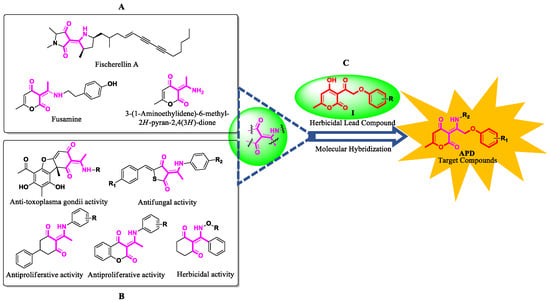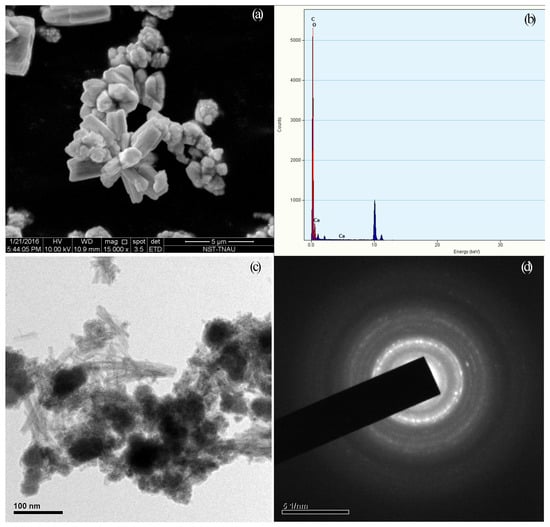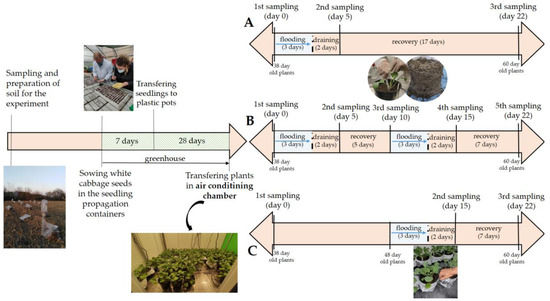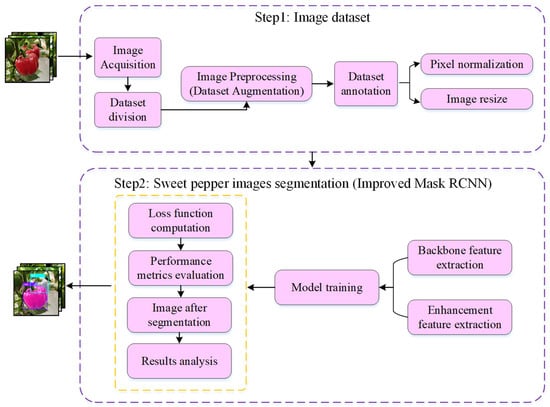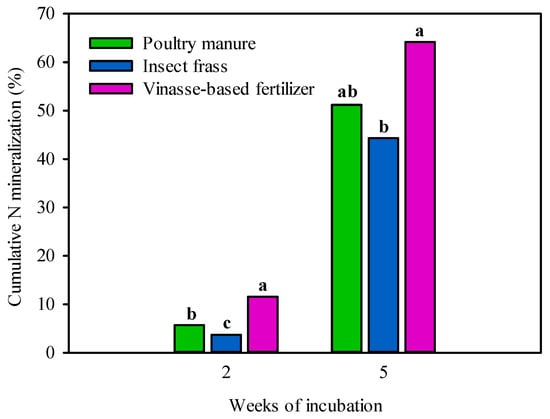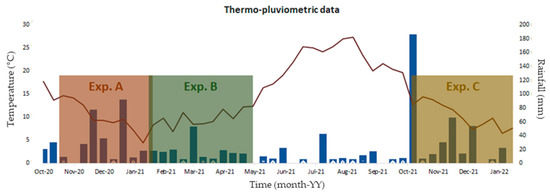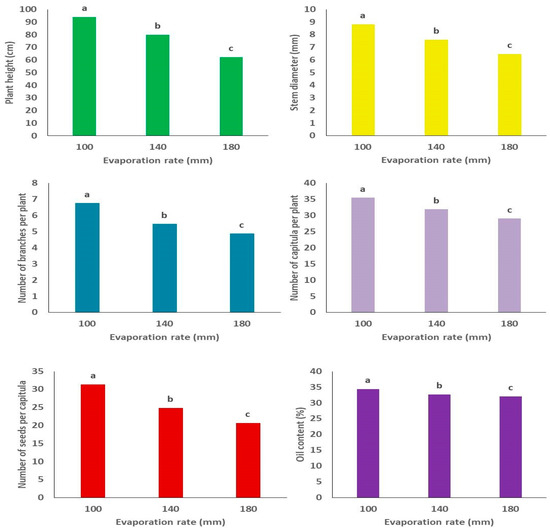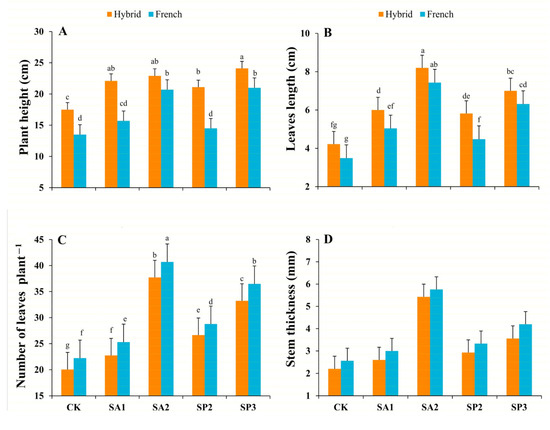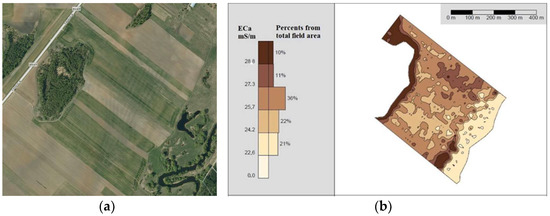Agronomy 2023, 13(1), 202; https://doi.org/10.3390/agronomy13010202 - 9 Jan 2023
Cited by 6 | Viewed by 2042
Abstract
Natural products are one of the resources for discovering novel pesticide leads. Here, by molecular hybridization between the natural enamino diketone skeleton and the reported herbicide lead compound I, a series of 3-(1-aminoethylidene)-6-methyl-2H-pyran-2,4(3H)-dione derivatives (APD) were
[...] Read more.
Natural products are one of the resources for discovering novel pesticide leads. Here, by molecular hybridization between the natural enamino diketone skeleton and the reported herbicide lead compound I, a series of 3-(1-aminoethylidene)-6-methyl-2H-pyran-2,4(3H)-dione derivatives (APD) were rationally designed, synthesized and tested for herbicidal activity in a greenhouse. The bioassay results showed that most of the target compounds possessed good herbicidal activity under pre-emergence conditions, of which the analog APD-II-15 displayed good pre-emergent herbicidal activity against Abutilon theophrasti Medicus, Amaranthus retroflexus L., Echinochloa crus-galli, Eragrostis curvula (Schrad.) Nees, Avena fatua L., Cyperus difformis L., Chenopodium album L., Ixeris denticulata, Plantago asiatica L., Capsella bursa-pastoris (Linn.) Medic and Flaveria bidentis (L.) Kuntze with > 60% inhibition even at a dosage of 187.5 g ha−1, and displayed good crop safety for wheat, soybean, millet and sorghum at a dosage of 375 g ha−1. The preliminary study of the molecular mode of action by RNA sequencing suggested that a growth inhibition of weeds by APD-II-15 might result from the disruptions of carbon metabolism and formation of a cytoskeleton. The present work indicated that APD-II-15 might be used as a novel herbicidal lead compound for further optimization.
Full article
(This article belongs to the Topic Research on Natural Bioactive Products-Based Pesticidal Agents)
►
Show Figures
